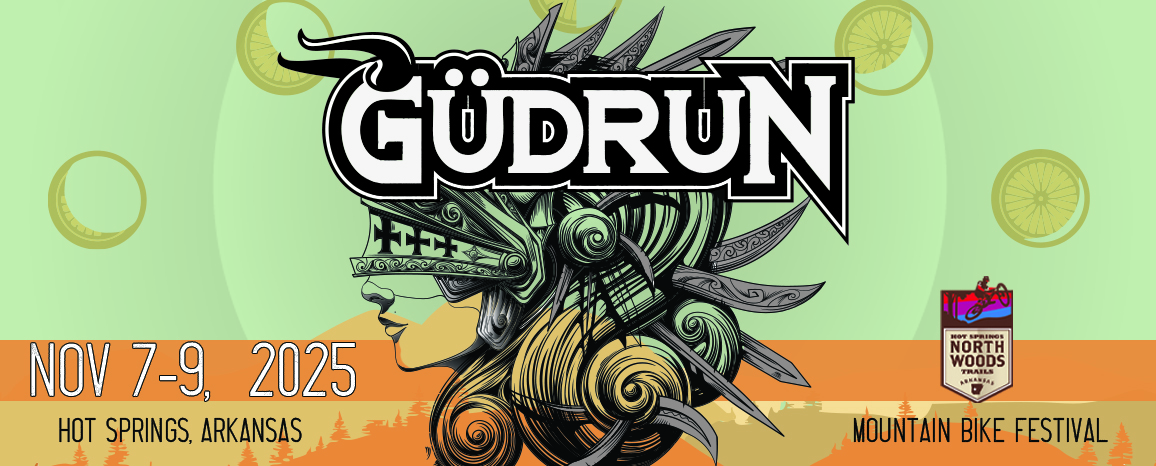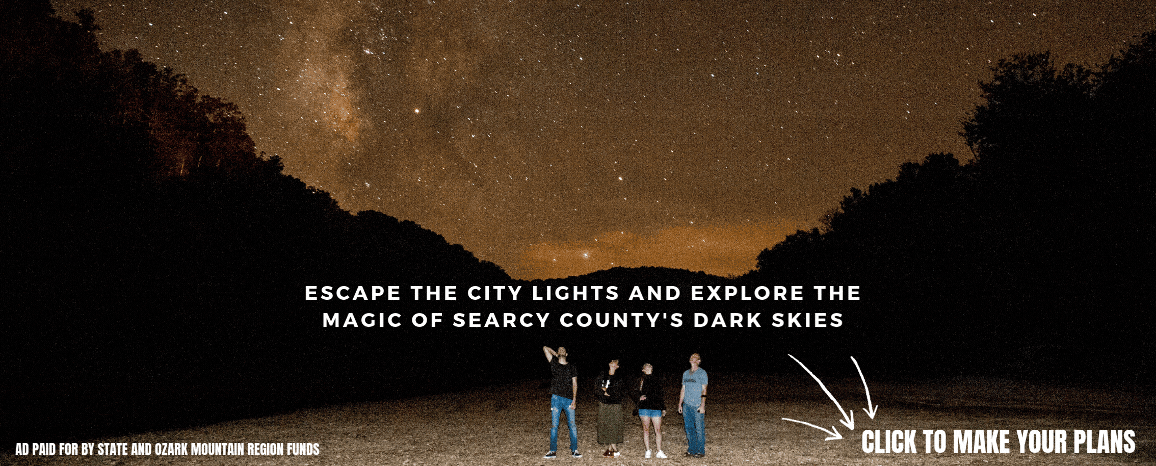On this Dr. Martin Luther King Jr. Day, we wanted to look at some ways that we could be more inclusive in outdoor recreation in Arkansas. The world of cycling has some dramatic differences in participation among various racial groups when it comes to recreation vs. transportation. Here we share an article by Simran Noor on ways to help your local bike movement move toward more racial equality.

The bike movement wants to create a world in which everyone can bike and walk—for the health of the planet and the health of communities. The movement is right to be thinking about which communities have the ability to bike and walk and which do not; this is part of a conversation about equity, and it’s absolutely the right conversation for them to achieve their vision.Equity is achievable; but determining how to get there is not always easy, especially since it requires a fundamental shift in thinking and action. At the Center for Social Inclusion (CSI), we focus on racial equity. We define racial equity as both an outcome and a process. A racially equitable society is one in which race no longer determines one’s life outcomes and in which we recognize that when we address inequity, we all share in the benefits of increased fairness and justice. (more)
Source: Five Things the Bike Movement Can Do Now to Move Toward Racial Equity | Center for Social Inclusion




